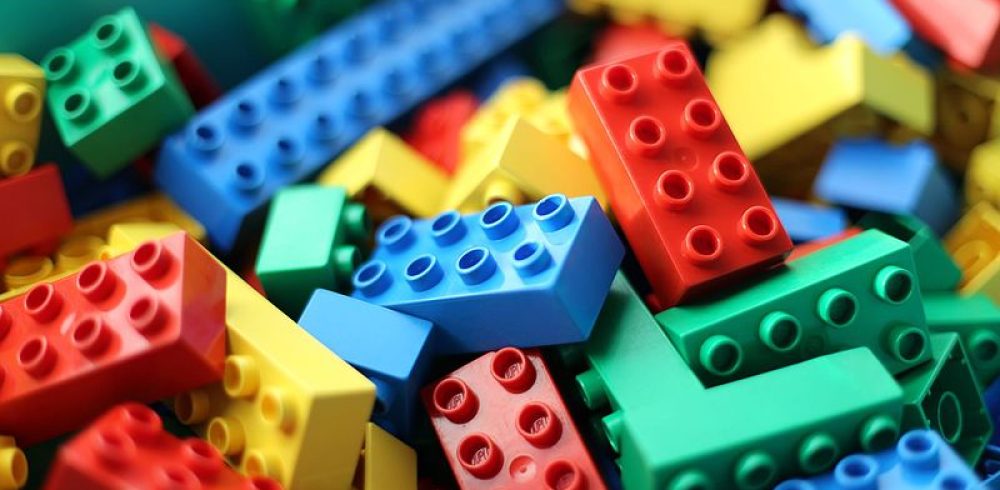Lego has announced that it will begin manufacturing âbotanical elementsâ using a sustainable material. The leaves, bushes, and trees will account for one to two per cent of the total plastic elements produced by the toy manufacturer.
The new bricks will be made from a plastic sourced from sugarcane, which is a plant-based polyethylene sourced sustainably in accordance with the guidance from the Bioplastic Feedstock Alliance. The material is soft, flexible, durable, and technically identical to Lego pieces made from conventional polyethylene, a petroleum-based plastic.
At the Lego group, we want to make a positive impact on the world around us and are working hard to make great play products for children using sustainable materials, said Tim Brooks, VP for environmental sustainability at the Lego group.
We are proud that the first Lego elements made from sustainably sourced plastic are in production and will be in Lego boxes this year. This is a great first step in our ambitious commitment of making all Lego bricks using sustainable materials, he added.
By 2030, Lego aims to reach a zero waste in its operations and it states that it already recycles 90% of its waste. The Lego Sustainable Materials Centre was established in 2015 to develop sustainable materials for its products and packaging in partnership with the World Wildlife Fund (WWF).
Lego has previously shown its social responsibility with the launch of its âResearch Instituteâ set that featured female figures as scientists. In addition, in 2010, Lego stated that it would not manufacture toy sets that included realistic weapons and military equipment in order to avoid glorifying conflict.
The company has also branched out in recent years into producing increasingly complex new kits, such as those in the Lego Creator range, which produces elaborate, highly accurate and realistic results of well-known, real-world objects such as the VW Camper Van or the Taj Mahal.















